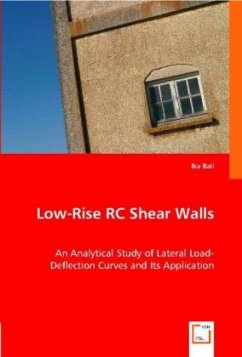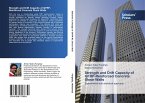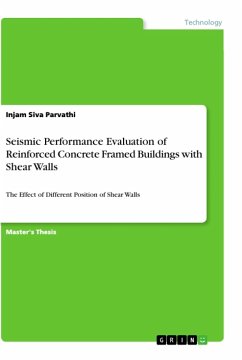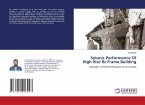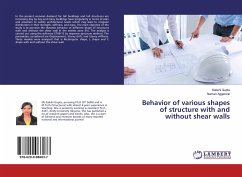The post-earthquake reconnaissance reports of the 1999 Chi-Chi earthquake and the 2006 Yogyakarta earthquake indicated that the low-rise RC buildings were highly prone to earthquake damages. Major problem of the insufficient member strength and the non-ductile detailing members caused the insufficient seismic capacity of buildings. On the contrary, a significant amount of the low-rise RC buildings with sufficient partition walls survived from the Chi-Chi earthquake. With this evidence and the limited knowledge exists on literature, study of the behavior of low-rise RC shear walls is needed. The objective of this study is to develop an analytical model for estimation of load-deflection curves of the low-rise RC shear walls which consists of cracking, strength, and post strength points. This study presents the analytical model for the single and double-curvature walls, verification of the model, and its application. This study should be useful to researchers and engineers, or anyone else who interested in the field of RC structures and earthquake engineering.
Bitte wählen Sie Ihr Anliegen aus.
Rechnungen
Retourenschein anfordern
Bestellstatus
Storno

